Jaguar XJ Saloon engines, drive and performance
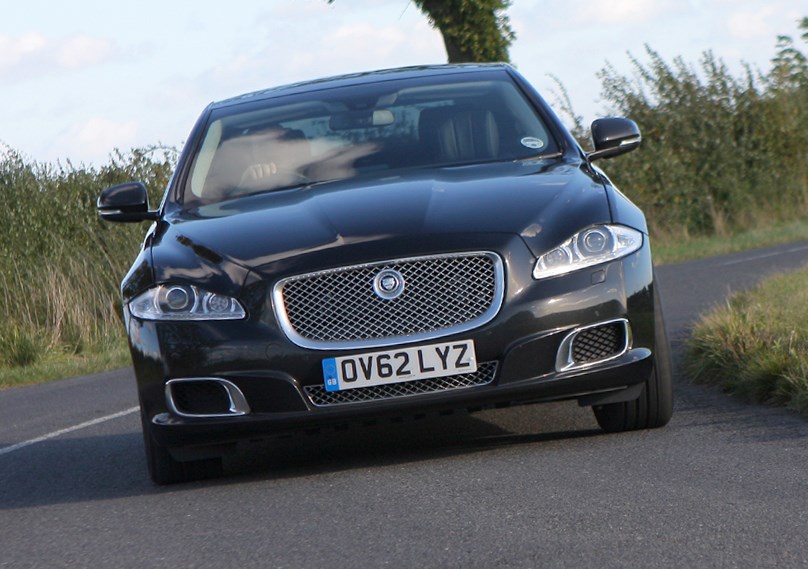
- Four engines to choose from
- Rear-wheel drive only; automatic as standard
- Plenty of power and performance
There are four engine choices, with some limited to standard or long-wheelbase models only.
Jaguar XJ diesel engine
By far the most popular engine choice is the twin-turbocharged, 3.0-litre V6 diesel – found in various Jaguar Land Rover products – and this 300hp engine is superbly refined and near silent at cruising speeds.
With 700Nm of torque, it has impressive low-down punch for effortless overtaking, a smooth power delivery and relaxed high-speed travel.
It covers the 0-62mph dash in 6.2 seconds, but it’s the mid-range acceleration that impresses. However, it’s also economical and can average 48-49mpg depending on wheel size.
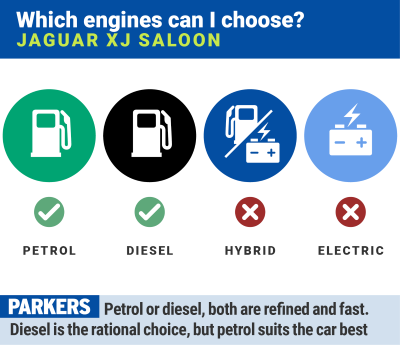
Jaguar XJ petrol engines
All petrol engines in the XJ range are supercharged. The 3.0-litre V6 serves as the entry-level petrol motor, producing 340hp and 450Nm of torque. This is available on Portfolio and R-Sport models and replaced the 5.0-litre naturally-aspirated V8 in 2012.
The most luxurious Autobiography model uses a 5.0-litre V8 engine, boasting 510hp bringing the 0-62mph time down to 4.9 seconds. At a sedate pace it’s happy to silently purr away, but push the accelerator and it surges into life with an intoxicating turn of pace and a wonderful roar from the twin exhaust pipes.
It feels fast and yet is never intimidating or brutal. However, fuel economy does suffer with an average of just 25.5mpg.
.jpg)
Eight-speed automatic only
All models come with an eight-speed automatic gearbox which has a standard drive mode as well as a Sport setting. There are also steering-wheel-mounted paddleshifts, allowing you to change gear yourself, but only in the sportier S setting will the gearbox remain in manual mode.
The automatic gearbox changes gear smoothly and quickly, but also adapts to your driving style; providing quicker shifts and holding on to the gears for longer if the driver is accelerating harder.
The downside is in slippery conditions, when the Jag struggles to get the power down even with its huge tyres. There’s so much pulling power (knocking on the door of an astonishing 700Nm of torque), that putting it down is a bit of a wrestling match between traction and power, often requiring the traction control system to step in.
A drive mode selector gives all models a choice between Normal, Dynamic and Snow driving modes.
Each of these adapt the accelerator and electronic stability control response to suit – as well as the gearbox programming, the steering and, where fitted, adaptive suspension system.
Discontinued Jaguar XJ engines
Prior to the entry-level 3.0-litre V6 petrol in 2012, the 5.0-litre V8 with 385hp was on offer. This non-supercharged engine provided smooth and predictable power delivery, accelerating from 0-62mph in 5.7 seconds and an average fuel economy of 25mpg.
The previous iteration of the XJR575, simply named XJR, produced 550hp and 680Nm of torque. The top speed was lower at 174mph with 0-62mph taking 4.6 seconds.
- Lighter weight benefits agility
- Handling impressive for a limo this size
- Fast and composed in the corners
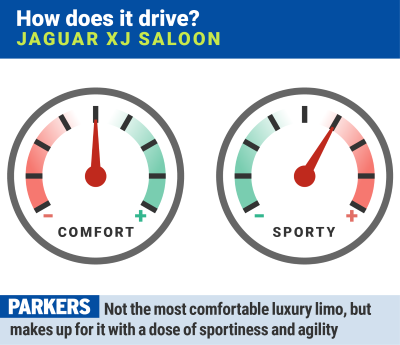
Despite its considerable size, the XJ feels amazingly agile and nimble on the road, helped by the low kerb weight.
The steering is light and somewhat lacking in feel, but it’s still incredibly responsive and precise, giving you plenty of confidence when tackling corners. Body control is exceptionally good too and at higher speeds the XJ feels planted to the road. A system called Jaguar Drive Control offers different settings including Winter and Dynamic modes.
The latter drive mode makes the throttle pedal more responsive and sharpens the steering.
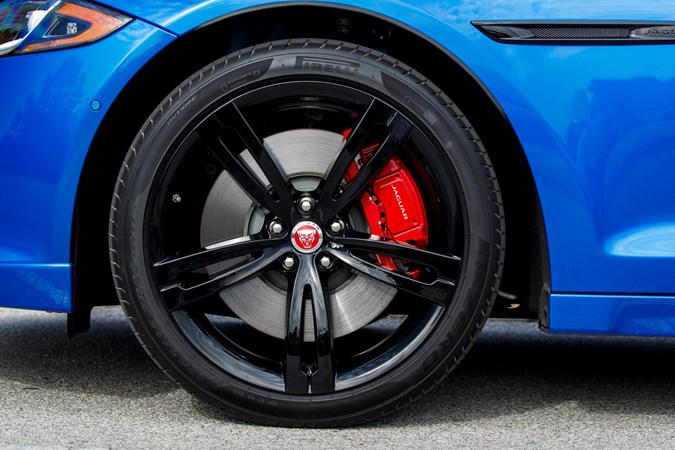
Ride quality remains impressive – the larger wheels can make it feel a tad firm compared with its rivals and often caught out by larger potholes, but there’s no wallowing and it irons out uneven roads with little fuss.
Jaguar XJR575
The Jaguar XJR575 is aimed at those who want a large slice of performance with their luxury motoring.
Once you get your head around the fact that this car is less about sedate luxury travel and more about high-speed mile-munching, the Jaguar XJR575’s performance is impressive.
Clearly this limo is no race track refugee but given its size and mass, the handling certainly does impress.
Power comes from an uprated version of the supercharged 5.0-litre V8 as found in the XJ Autobiography. With 575hp and 700Nm, this drops the 0-62mph time to 4.4 seconds, beating a Porsche 911 Carrera’s time. And remember, this is a four-door saloon.
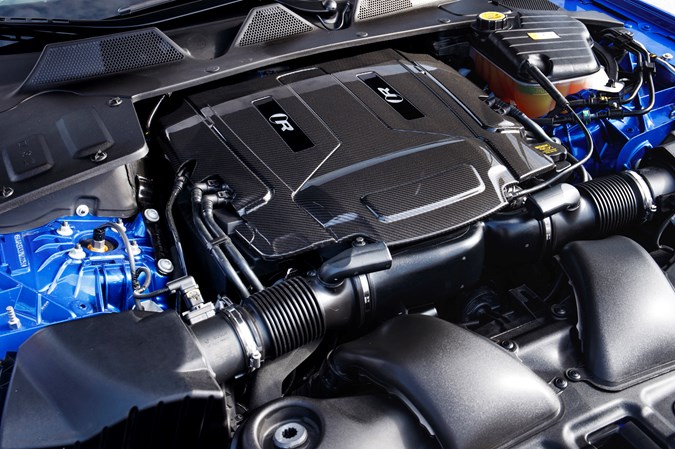
Just in case drivers feel a top speed of 155mph is not quick enough, Jaguar has reprogrammed the restrictor to enable a maximum of 186mph
Jaguar has spent a lot of time endowing the XJR575 with some serious kit to enhance its handling capabilities.
The Adaptive Dynamics work to control the car and keep it planted on the road by adjusting the car’s suspension up to 500 times a second. This enables the suspension to adjust to the road conditions and the driver’s inputs almost continuously.
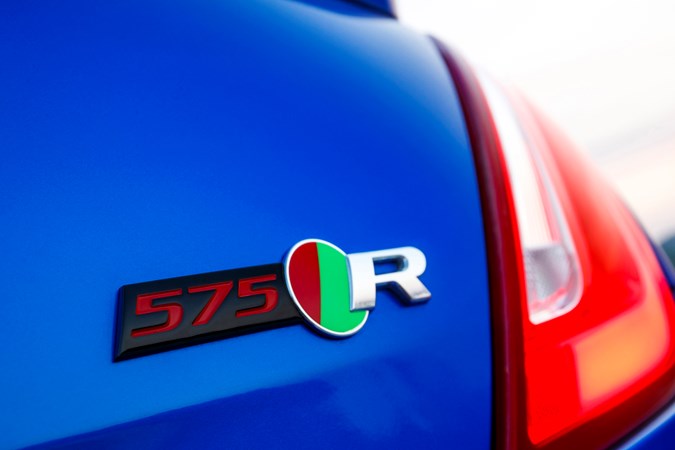
There’s also an active electronic differential that helps ensure the rear wheel with the most grip gets the most power, and if one wheel starts to slip, power is reduced.
Standard kit also includes Corner Recognition that senses when the car is negotiating a bend so the gearbox holds the correct gear to help aid smart acceleration. We haven’t found this to work every single time, often changing up a gear far too soon before the next corner.
The upshot of this smart tech is a saloon car that has an impressive cornering ability. It feels agile when first turning in and holds an accurate line through it, though on bumpy roads things can get a bit lively.


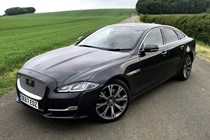
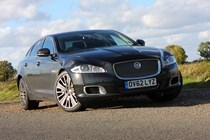
.jpg)
.jpg)
.jpg)
.jpg)
.jpg)
.jpg)
.jpg)
.jpg)
.jpg)
.jpg)
.jpg)
.jpg)
.jpg)
.jpg)
.jpg)
.jpg)
.jpg)
.jpg)
.jpg)
.jpg)
.jpg)
.jpg)
.jpg)
.jpg)
.jpg)
.jpg)
.jpg)
.jpg)
.jpg)

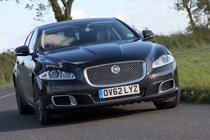
.jpg)
.jpg)
.jpg)
.jpg)
.jpg)
.jpg)
.jpg)
.jpg)
.jpg)
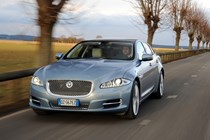
.jpg)
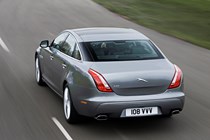
.jpg)
.jpg)
.jpg)
.jpg)
.jpg)
.jpg)
.jpg)
.jpg)
.jpg)
.jpg)
.jpg)
.jpg)
.jpg)
.jpg)
.jpg)
.jpg)
.jpg)
.jpg)
.jpg)
.jpg)
.jpg)
.jpg)
.jpg)
.jpg)
.jpg)
.jpg)
.jpg)
.jpg)
.jpg)
.jpg)
.jpg)
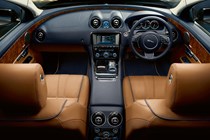

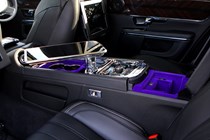

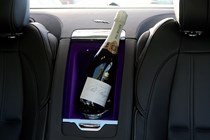
.jpg)
.jpg)
.jpg)
.jpg)
.jpg)
.jpg)
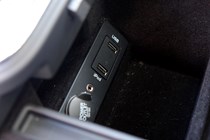
.jpg)
.jpg)
.jpg)
.jpg)
.jpg)
.jpg)
.jpg)
.jpg)

.jpg)
.jpg)
.jpg)
.jpg)
.jpg)
.jpg)
.jpg)
.jpg)
.jpg)
.jpg)
.jpg)
.jpg)
.jpg)
.jpg)
.jpg)
.jpg)
.jpg)
.jpg)
.jpg)
.jpg)
.jpg)
.jpg)
.jpg)
.jpg)
.jpg)
.jpg)
.jpg)
.jpg)
.jpg)
.jpg)
.jpg)
.jpg)
.jpg)
.jpg)
.jpg)
.jpg)
.jpg)
.jpg)
.jpg)
.jpg)
.jpg)
.jpg)
.jpg)
.jpg)
.jpg)
.jpg)
.jpg)
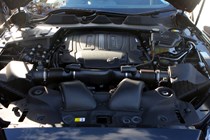
.jpg)
.jpg)
.jpg)
.jpg)
.jpg)
.jpg)
.jpg)
.jpg)


.jpg?quality=50)
.jpg?quality=50)
.jpg?quality=50)
.jpg?quality=50)
.jpg?quality=50)
.jpg?quality=50)
.jpg?quality=50)
.jpg?quality=50)
.jpg?quality=50)
.jpg?quality=50)
.jpg?quality=50)
.jpg?quality=50)
.jpg?quality=50)
.jpg?quality=50)
.jpg?quality=50)
.jpg?quality=50)
.jpg?quality=50)
.jpg?quality=50)
.jpg?quality=50)
.jpg?quality=50)
.jpg?quality=50)
.jpg?quality=50)
.jpg?quality=50)
.jpg?quality=50)
.jpg?quality=50)
.jpg?quality=50)
.jpg?quality=50)
.jpg?quality=50)
.jpg?quality=50)


.jpg?quality=50)
.jpg?quality=50)
.jpg?quality=50)
.jpg?quality=50)
.jpg?quality=50)
.jpg?quality=50)
.jpg?quality=50)
.jpg?quality=50)
.jpg?quality=50)

.jpg?quality=50)

.jpg?quality=50)
.jpg?quality=50)
.jpg?quality=50)
.jpg?quality=50)
.jpg?quality=50)
.jpg?quality=50)
.jpg?quality=50)
.jpg?quality=50)
.jpg?quality=50)
.jpg?quality=50)
.jpg?quality=50)
.jpg?quality=50)
.jpg?quality=50)
.jpg?quality=50)
.jpg?quality=50)
.jpg?quality=50)
.jpg?quality=50)
.jpg?quality=50)
.jpg?quality=50)
.jpg?quality=50)
.jpg?quality=50)
.jpg?quality=50)
.jpg?quality=50)
.jpg?quality=50)
.jpg?quality=50)
.jpg?quality=50)
.jpg?quality=50)
.jpg?quality=50)
.jpg?quality=50)
.jpg?quality=50)
.jpg?quality=50)





.jpg?quality=50)
.jpg?quality=50)
.jpg?quality=50)
.jpg?quality=50)
.jpg?quality=50)
.jpg?quality=50)

.jpg?quality=50)
.jpg?quality=50)
.jpg?quality=50)
.jpg?quality=50)
.jpg?quality=50)
.jpg?quality=50)
.jpg?quality=50)
.jpg?quality=50)

.jpg?quality=50)
.jpg?quality=50)
.jpg?quality=50)
.jpg?quality=50)
.jpg?quality=50)
.jpg?quality=50)
.jpg?quality=50)
.jpg?quality=50)
.jpg?quality=50)
.jpg?quality=50)
.jpg?quality=50)
.jpg?quality=50)
.jpg?quality=50)
.jpg?quality=50)
.jpg?quality=50)
.jpg?quality=50)
.jpg?quality=50)
.jpg?quality=50)
.jpg?quality=50)
.jpg?quality=50)
.jpg?quality=50)
.jpg?quality=50)
.jpg?quality=50)
.jpg?quality=50)
.jpg?quality=50)
.jpg?quality=50)
.jpg?quality=50)
.jpg?quality=50)
.jpg?quality=50)
.jpg?quality=50)
.jpg?quality=50)
.jpg?quality=50)
.jpg?quality=50)
.jpg?quality=50)
.jpg?quality=50)
.jpg?quality=50)
.jpg?quality=50)
.jpg?quality=50)
.jpg?quality=50)
.jpg?quality=50)
.jpg?quality=50)
.jpg?quality=50)
.jpg?quality=50)
.jpg?quality=50)
.jpg?quality=50)
.jpg?quality=50)
.jpg?quality=50)

.jpg?quality=50)
.jpg?quality=50)
.jpg?quality=50)
.jpg?quality=50)
.jpg?quality=50)
.jpg?quality=50)
.jpg?quality=50)
.jpg?quality=50)